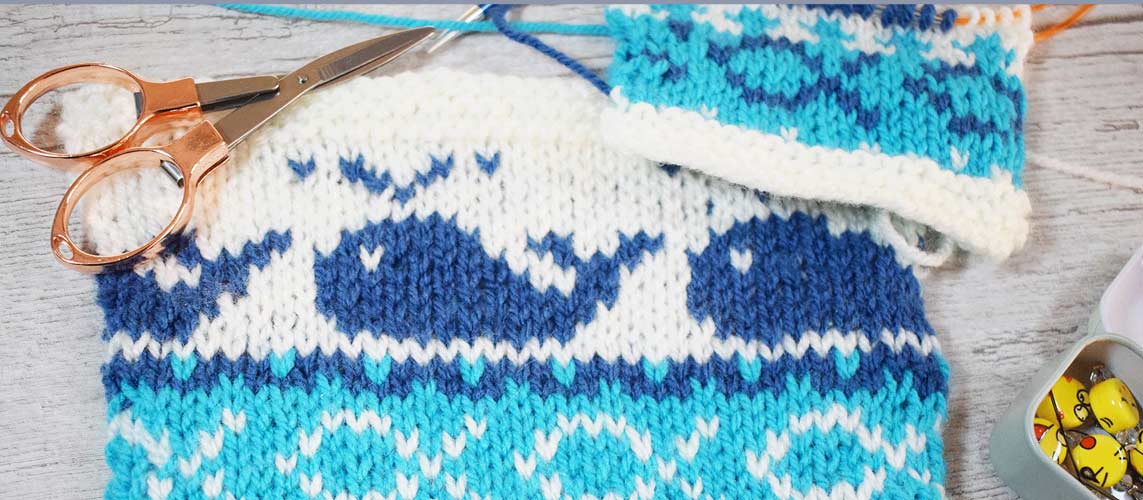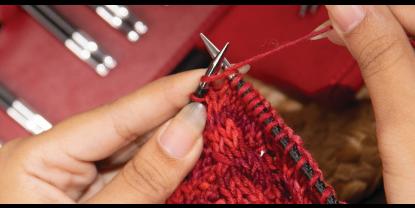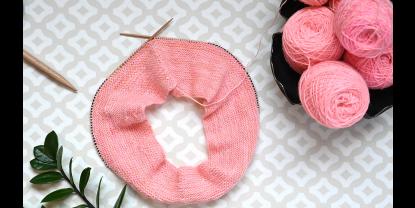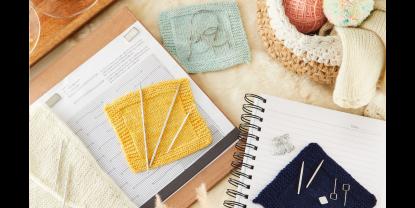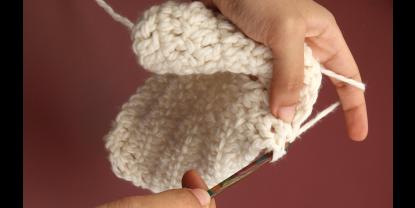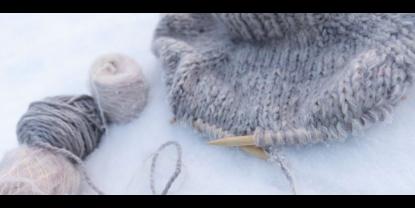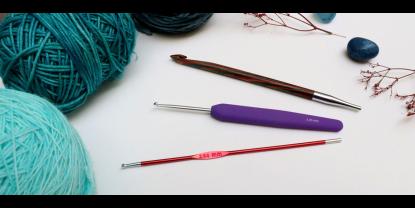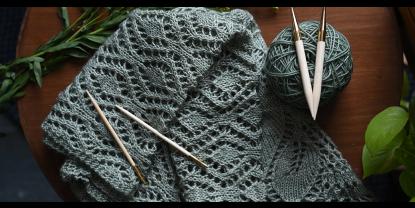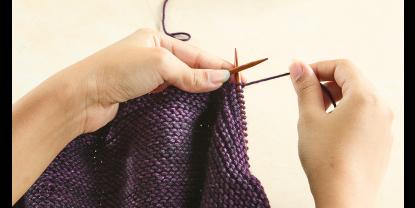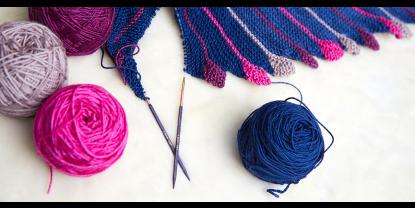Knitting an amazing colourwork pattern is so much fun. All you need is knitting needles, balls of yarn in many colours and you can pretty much create anything. From the yoke sweaters or mittens with fun geometric patterns or some of those fun multi-shaded shawl projects, they look so beautiful. Even if you’re a new knitter you can make any of these things, it just takes techniques, time and practice.
As Wassily Kandinsky quotes, "Colour is a power that directly influences the soul." So, as a maker you can express your soulful creativity. So, let us help you add some colours to your creations, and let those knitting projects special.
There are a wide variety of colour knitting techniques that allow you to make basic knitting projects a lot more interesting. In this blog post, we’ll discuss the different ways to knit colours in your project. You can check out our previous blog on how to change colours when knitting.
Multi-coloured Yarn
Knitting with multi-coloured yarn is the easiest way to bring colour to your projects. For this, you do not need to learn a new technique but keep knitting as normal and let the yarn cast its magic.
Whether the yarn is variegated or self-striping, knitting a project with this kind of yarn makes even the plain stockinette stitch look amazing!
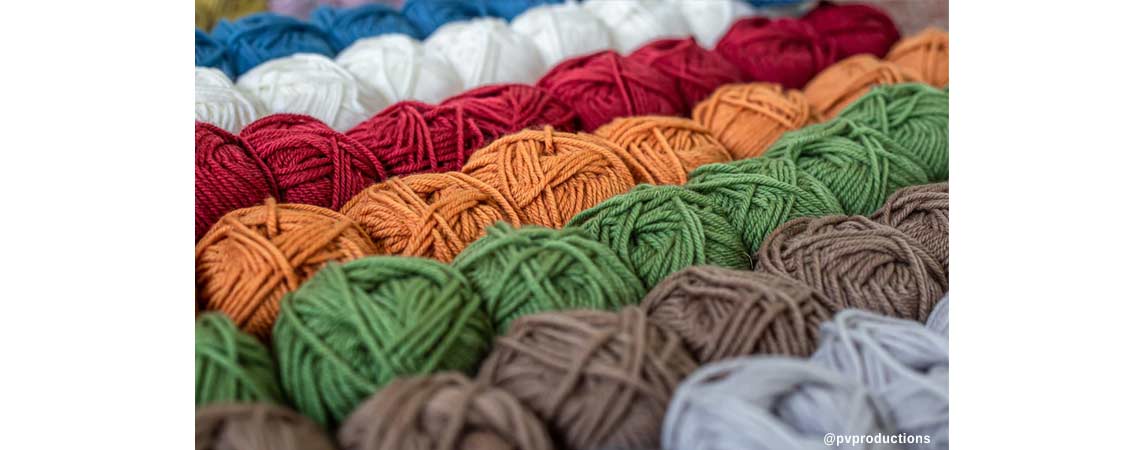
Stranded Knitting and Fair Isle
Stranded knitting creates colourful patterns in your pattern while carrying two or more yarns as you work . The unused colours (yarns) are simply carried behind the WIP when not in use, creating floating strands that can be seen on the wrong side of the work. Stranded knitting tends to produce warm fabric as each stitch is two layers of yarn. It is used to make those gorgeous yoked sweaters and colourwork mittens.
Fair Isle knitting is a specific kind of stranded knitting that originated in a tiny island in the north of Scotland and part of the Shetland Islands. Here only two colours are worked per row, and the yarn is only carried behind the work for a limited number of stitches.
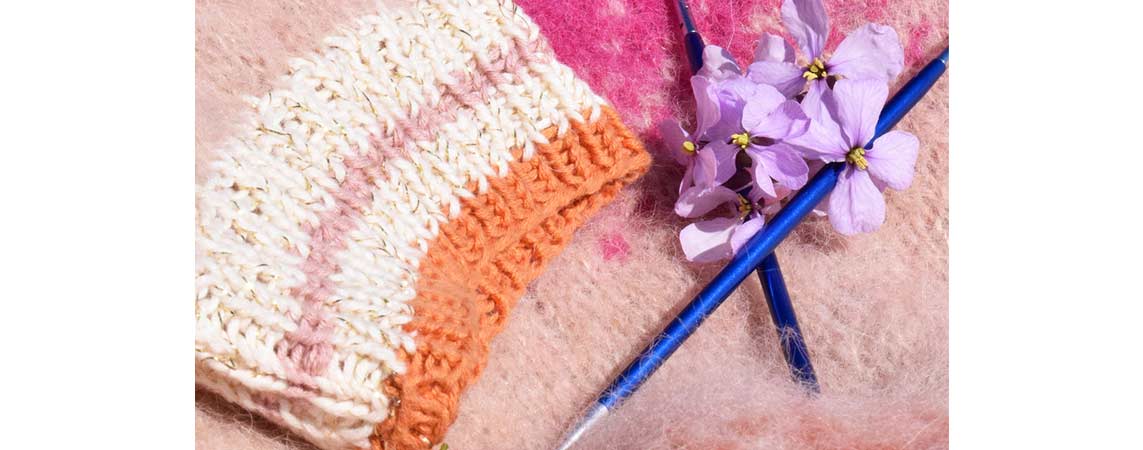
Stranded and Fair Isle techniques are used interchangeably but that is not the same. In stranded knitting, it is essential to get your tension right as too loose and your stitches look messy and too tight and your knitting creases. The key to this is to practice. The two-handed Fair Isle technique, knitting with one yarn held in each hand makes this easier.
Intarsia Knitting
Intarsia is a technique used for knitting simple shapes to intricate pictures. In Intarsia knitting, different sections of each row are worked in different colours. In this technique, the knitter doesn’t carry the unused yarn behind the project, but instead, drops the old colour and brings the new colour up under the yarn of the old shade. This continues until the next colour change or the end of the row. This method twists the yarns to close any gaps between the old and new shades.
While knitting Intarsia it is important to keep your yarns tangle-free as you twist them.
Mosaic and Slip Stitch Knitting
Mosaic knitting is probably the easiest of the colourwork techniques that often ends up looking very geometric, like mosaic tiles. You work with two colours to create intricate designs, but you only knit one at a time. Mosaic technique is a lot like knitting stripes, as you'll just slip certain stitches on a row as you work.
Let us take for example, a pattern of knitting with light and dark colours. Here if you work a row or round in the light colour, you will be slipping the dark stitches and when you knit a row or round in the dark color, you will be slipping the light stitches. Because you are slipping the stitches, there is a limit to how many yarns you can use (usually only two or three).
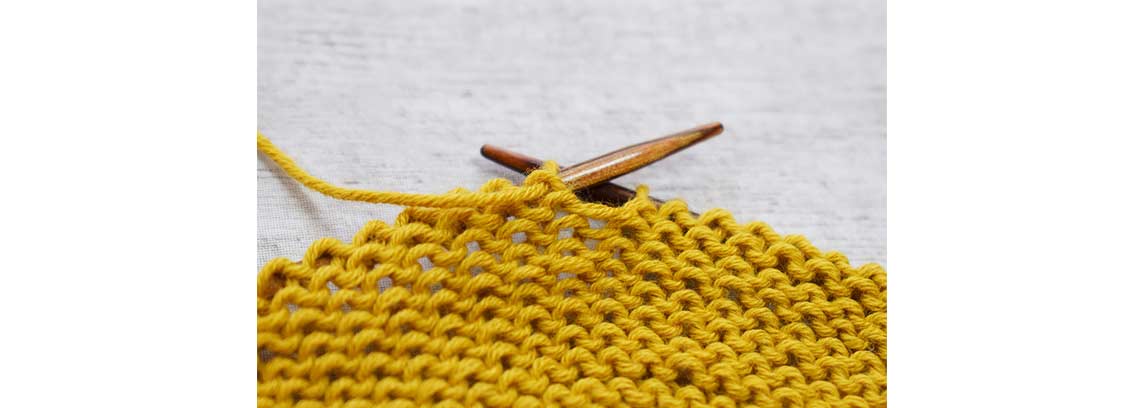
Entrelac Knitting
Entrelac does not necessarily have to be worked in colour but the patterns are traditionally knit using at least two colours. One really fun way of Entrelac knitting that's also quite easy is to use a multicoloured or self-striping yarn to work the squares and triangles, which adds a lot of color with no extra work.
Duplicate Stitch
This is by far the easiest way to knit colours. With a wool needle, thread some coloured yarn and make some stitches. While you can work duplicate stitches as much as you want in a pattern, the stitching makes the work bulkier and a little stiffer than it would be without that extra layer of stitches.
We hope that this post has helped define the different types of colourwork knitting and give you a few tips and resources on how to conquer each technique. We can’t wait to see what projects you create.
So, whatever your knitting style or technique is, you can knit wonderfully given the right knitting needles from KnitPro.
Happy knitting!


